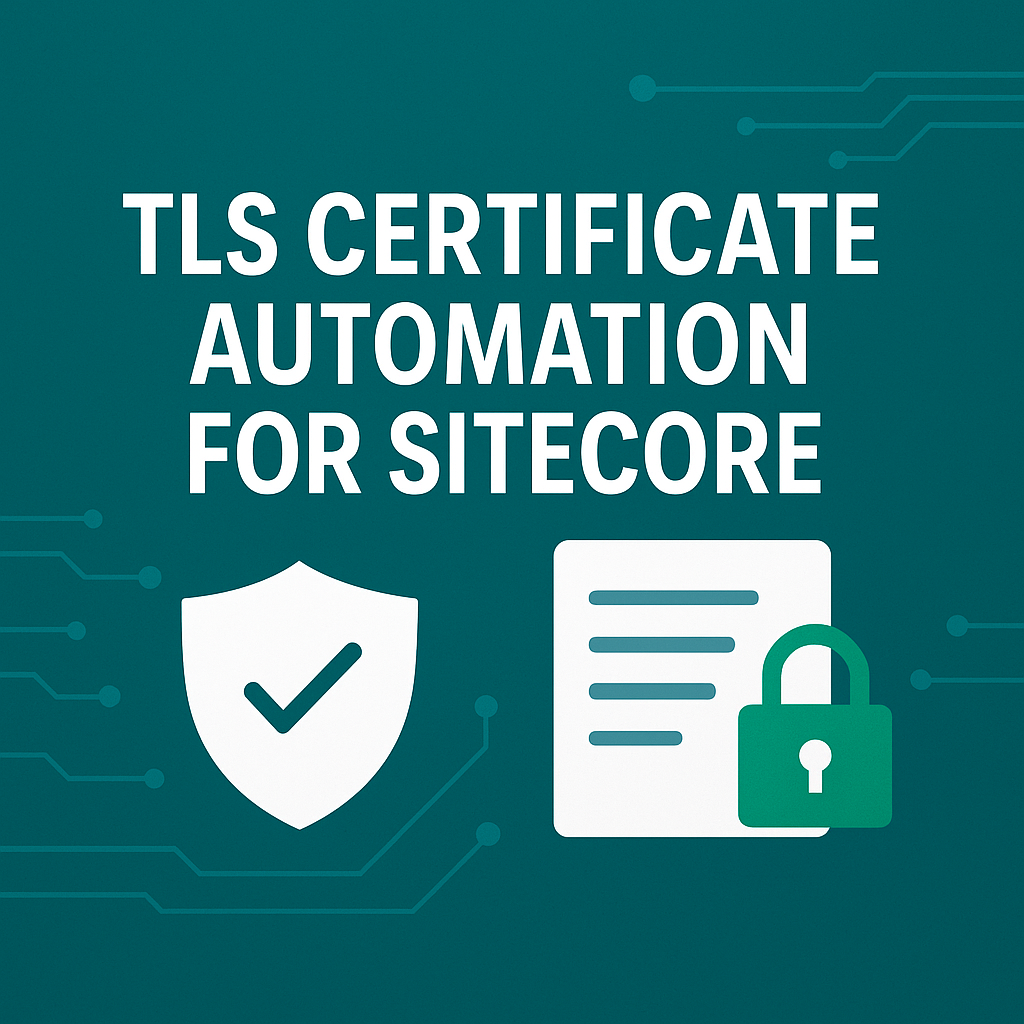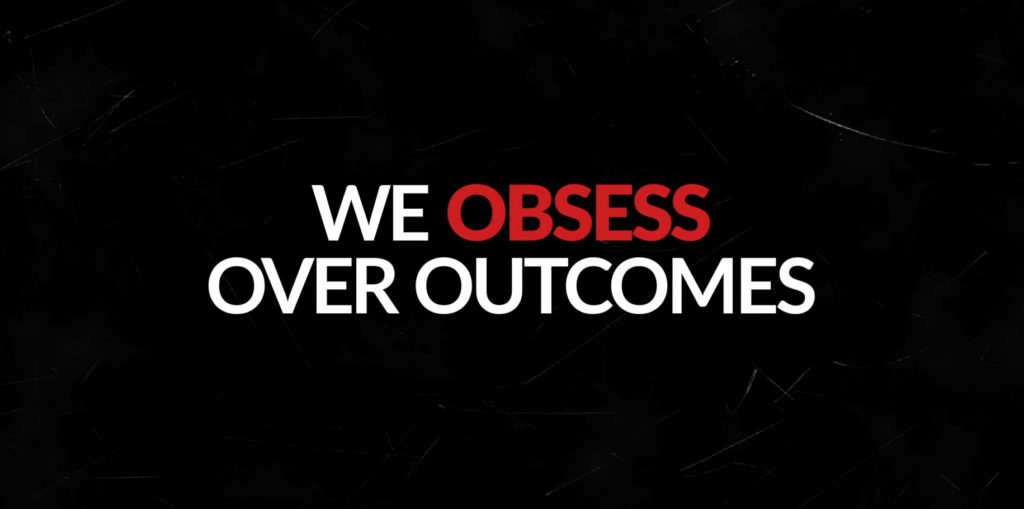Environmental initiatives are only successful if the effects are not more harmful than the outcomes. In the case of both electric vehicles (EV) and energy companies, the race towards net zero is a complicated one. On one hand, energy companies must shake a negative reputation for their contributions toward emissions and pollution. On the other hand, EV manufacturers must overcome barriers to sale like affordability and accessibility as well as their secondhand contributions to environmental issues. Together, energy companies and EV manufacturers can create programs and incentives that tackle these issues and set the path towards a healthier planet and satisfied consumers. However, it is not a short-term play – these efforts will take time as they rely on consumer education and preferences.
Challenges Facing Energy Companies and EV
When the magnifying glass focuses on EV, questions arise surrounding their use of energy from the power grid. While EVs do not contribute emissions and air pollutants directly from their use, energy drawn from fossil fuels through the power grid may only separate the driver and environmental harm by a few degrees. Ultimately, fossil fuel generation to charge EVs will still release emissions and air pollutants into the environment. In China, a study found that EVs were causing two to five times more smog than gas-powered vehicles.
At the same time, the energy industry is facing challenges when it comes to aging infrastructure, pressure to digitalize operations, processes, customer journeys, and the transition from fossil fuels to renewables. Industry experts are pointing out that while many consumers are ready for electric vehicles and renewable energy, the power grid is lagging and unable to meet the demand. It’s difficult to ignore stories like the example in New York where wind turbines failed to generate power for stretches of eight hours 72 days out of the year. At other times when they had the potential to generate power, the turbines came to a standstill because the grid was at full capacity.
Partnering to Make Renewable Energy Accessible
What is the way forward when our EVs use fossil-fuel-generated power and our energy companies cannot yet accommodate the high demand for renewable resources? Instead of attempting to solve these problems as individual entities, it’s essential to work together.
Encouraging the use of renewable energy to charge EVs creates many opportunities and potential benefits. For example, solar companies now realize they can upsell their services by offering EV charging solutions, and energy companies should tap into this opportunity by incentivizing homeowners to sell back their unused generated energy back to the grid. This action would create a marketplace for energy which minimizes waste, relieves the issue of supply, and is in sync with the capitalist economy in the US.
Rewards and Subscriptions to Chargers Using Renewable Energy
The offer to charge EV with renewable energy tests positively among consumers. For example, Austin Energy created a program called the Plug-in EVerywhere Network for customers who want to charge their EVs completely with wind-generated electricity for a little more than $4 per month. With that subscription, 35% of EV drivers in the city currently access a network of 800 charging stations across the city. In addition, Austin Energy ran a program to incentivize weekend and nighttime charging at home to offset high demand during peak times. Managing the charging demand will be essential for extending the grid and satisfying EV owners.
Energy companies should take note: installing accessible charging stations that use renewable energy for EV drivers is the most direct way forward to genuine environmental progress and customer satisfaction. Whether those charging stations pull renewable energy from the existing grid or generate power on site, these stations will ensure EV drivers are satisfied with their contributions for a healthier planet. Incentives using subscriptions and loyalty programs will also encourage charging at specific stations and times, helping power grids accommodate for demand. Through all these initiatives, energy companies can create long-term satisfactory relationships with customers who value renewable energy offerings.
This approach of consumer subscriptions and loyalty programs is in line with the OEMs, too. Here, there is an opportunity for partnerships to achieve maximum adoption and revenues. When everyone is working together toward a common goal and leveraging each other’s core strengths, our planet benefits.
Capitalizing on Brandless EV Chargers
At first, big-name EV manufacturers might hesitate when policies promote brandless EV chargers rather than brand-exclusive ones, but the benefits are numerous. If EV manufacturers choose to allow their vehicles to charge at any station and create chargers that benefit all EV drivers, then they can more easily partner with energy companies who open renewable energy charging stations accessed with subscriptions and loyalty programs. EV manufacturers can build apps and subscription models as well so that locating renewable energy charging stations and tracking their charging progress is at the consumers’ fingertips. Further, rewards programs implemented to encourage using these renewable energy charging stations, such as using points to buy down charging rates, can make owning an EV feel more affordable and valuable.
Today, we are seeing this shift with Tesla as they are expanding their previously exclusive charging stations and are considering opening them up for use by all EVs. That decision would promise a dramatic shift in public charging and increase adoption of EVs in a big way. Overall, the change would benefit the planet in terms of a lessening carbon footprint, and it would secure Tesla as a leader of EV manufacturing.
Answer consumer demand for renewable energy EV charging by tapping into Perficient’s experience in the energy, utility, and automotive industries. Let us help you accelerate EV adoption and take your business to another level.





Leave A Comment